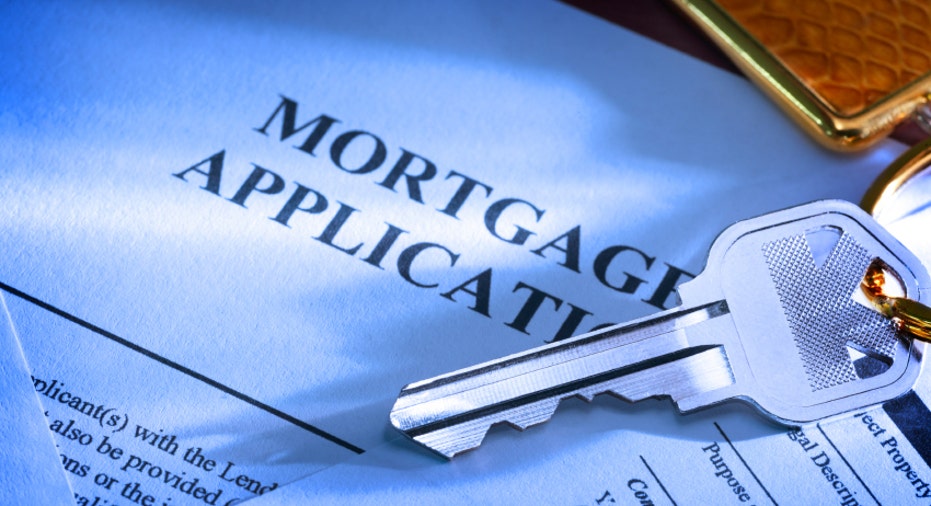Six Steps to a Lower Refinance Rate

If you're among the many currently looking to refinance your mortgage, chances are you're seeking out the lowest mortgage rate possible. But before you start shopping around, remember to keep a few things in mind.
For starters, take a step back from mortgage rate shopping and evaluate your goals in the context of your overall financial plan, says Michael Jablonski, executive vice president and retail production manager for BB&T Mortgage in Wilson, N.C.
"First, figure out the best loan product to meet your financial goals, and then you can start looking for the most competitive mortgage rates," he says.
Also, remember that your credit scores and the loan-to-value ratio of your property could have a much bigger impact on your refinance rate than a slight shift in average mortgage rates, says Malcolm Hollensteiner, director of retail lending sales for TD Bank in Vienna, Va.
"Both a lower-than-average credit score and a high loan-to-value can lead to a more expensive interest rate," says Hollensteiner.
Jablonski points out that lenders look at your overall borrower profile. So, even if you have a high credit score, your rates could be higher, or you may be denied a refinance altogether if you have a high debt-to-income ratio or low home equity.
If you are underwater on your mortgage, a Home Affordable Refinance Program (HARP) loan may be your best option for refinancing. If so, you'll still need to prepare for your refinance application.
So, keeping all that in mind, here are six ways you can secure a rock-bottom mortgage rate on your next refinance:
No. 1: Raise your credit score. "Typically, a credit score of 740 or higher puts borrowers in the best tier for a conventional loan program," says Michael Smith, first vice president -- mortgage loan production manager for California Bank and Trust in San Diego.
Most lenders require a minimum credit score of 620 to 640, but you'll pay a higher mortgage rate for conventional loans unless your score is 740 or above. However, some portfolio lenders such as TD Bank set their own guidelines. Hollensteiner says TD mortgage borrowers with a credit score of 660 pay the same mortgage rate as those with a credit score of 760.
No. 2: Improve your bottom line. Paying bills on time and paying down your credit card balance can reduce your debt-to-income ratio, which improves your chances of qualifying for a low mortgage rate, says Jablonski.
"Don't buy a new car, make other major purchases or fill out multiple credit applications before you refinance, because all of those actions can hurt your credit profile," says Smith.
No. 3: Save some cash. Closing costs average about 2% of the loan amount, according to Keith Gumbinger, vice president of HSH.com.
"You can pay cash for the closing costs or, if you have enough equity, you can roll these costs into your new loan," says Hollensteiner. "Another option that some lenders offer is to pay a higher interest rate for a lender credit to cover those costs."
If you want to lower your loan balance to avoid having to purchase a higher-interest-rate jumbo loan or paying private mortgage insurance (which is needed if your home equity is less than 20%), you'll need more cash to close your loan. According to Freddie Mac, 21% of refinancing homeowners in the first quarter of 2012 reduced their loan balance by bringing cash to settlement. You can use HSH.com's Tri-Refi Refinance Calculator to see whether a cash-in refinance makes sense for you.
No. 4: Get organized. You should get your credit reports from all three bureaus to make sure there are no mistakes that need correcting before you apply for a refinance, says Smith.
A refinance application typically requires two years of tax returns with W2s, two recent pay stubs, and your two most recent bank and investment statements.
"Gathering these materials ahead of time can expedite the loan process and prevent you from paying extra for an extension of your rate lock," says Smith.
No. 5: Shop around. Shopping with several lenders can make a big difference in the cost of a refinance. Jablonski says that borrowers should compare the interest rate, the fees and the closing costs for the same loan amount and term.
"It's important to shop for the same loan on the same day to get a true comparison of mortgage rates, because mortgage rates change every day," says Smith. "You need to explain to each loan officer all the criteria for your refinance, not just ask 'what's today's rate on a $200,000 loan?' You should also ask about loan processing times."
No. 6: Lock in your rate. "Processing times for different lenders can range from 30 to 45 days to more than 90 days," says Smith. "Typically, lenders will do a 30- or 45-day rate lock, so you should be consulting with your lender to determine the appropriate day to lock your loan. If you have to extend the lock or re-lock your loan, that will likely cost you more money."
The original article can be found at HSH.com:6 steps to a lower refinance rate



















